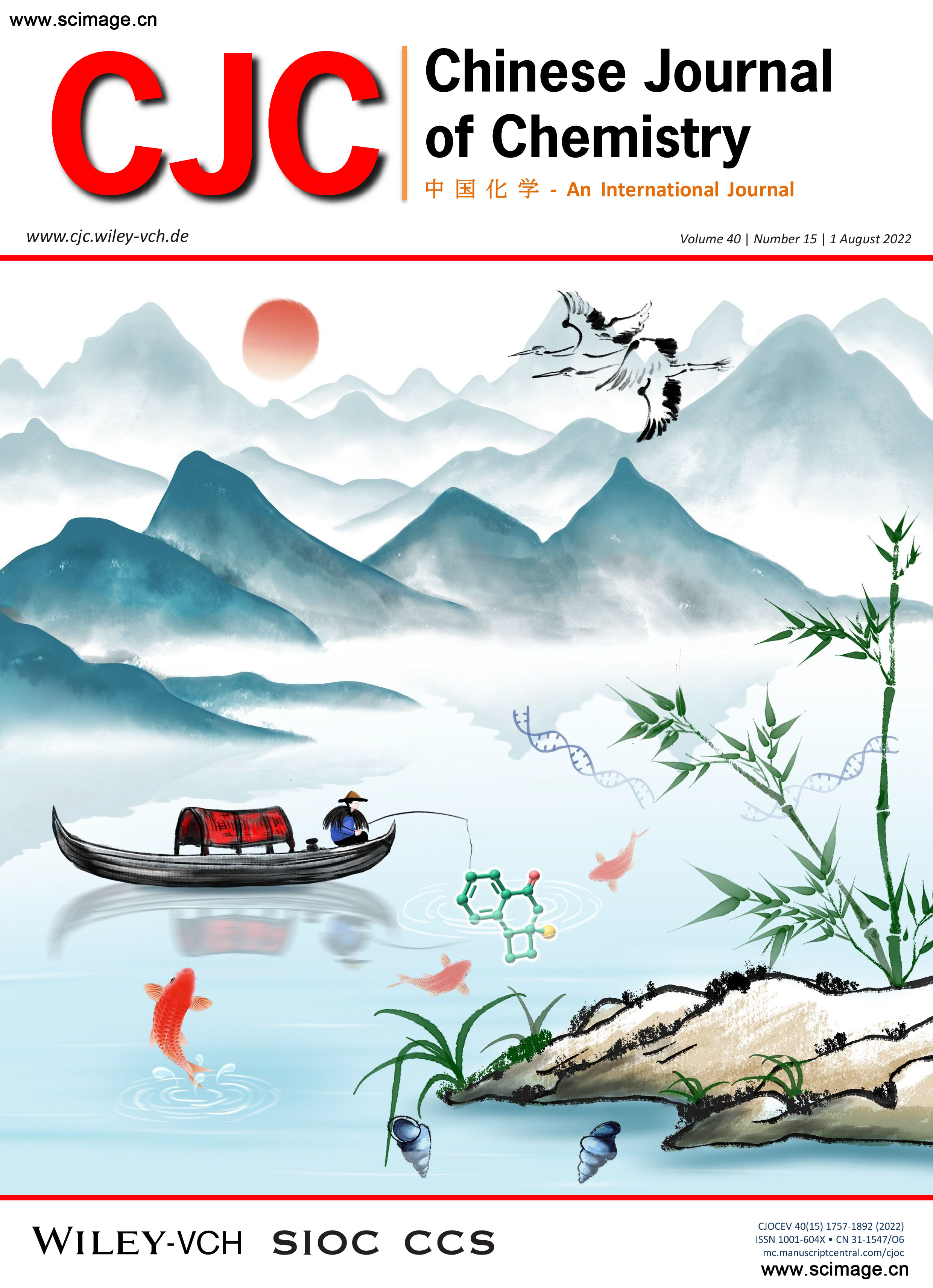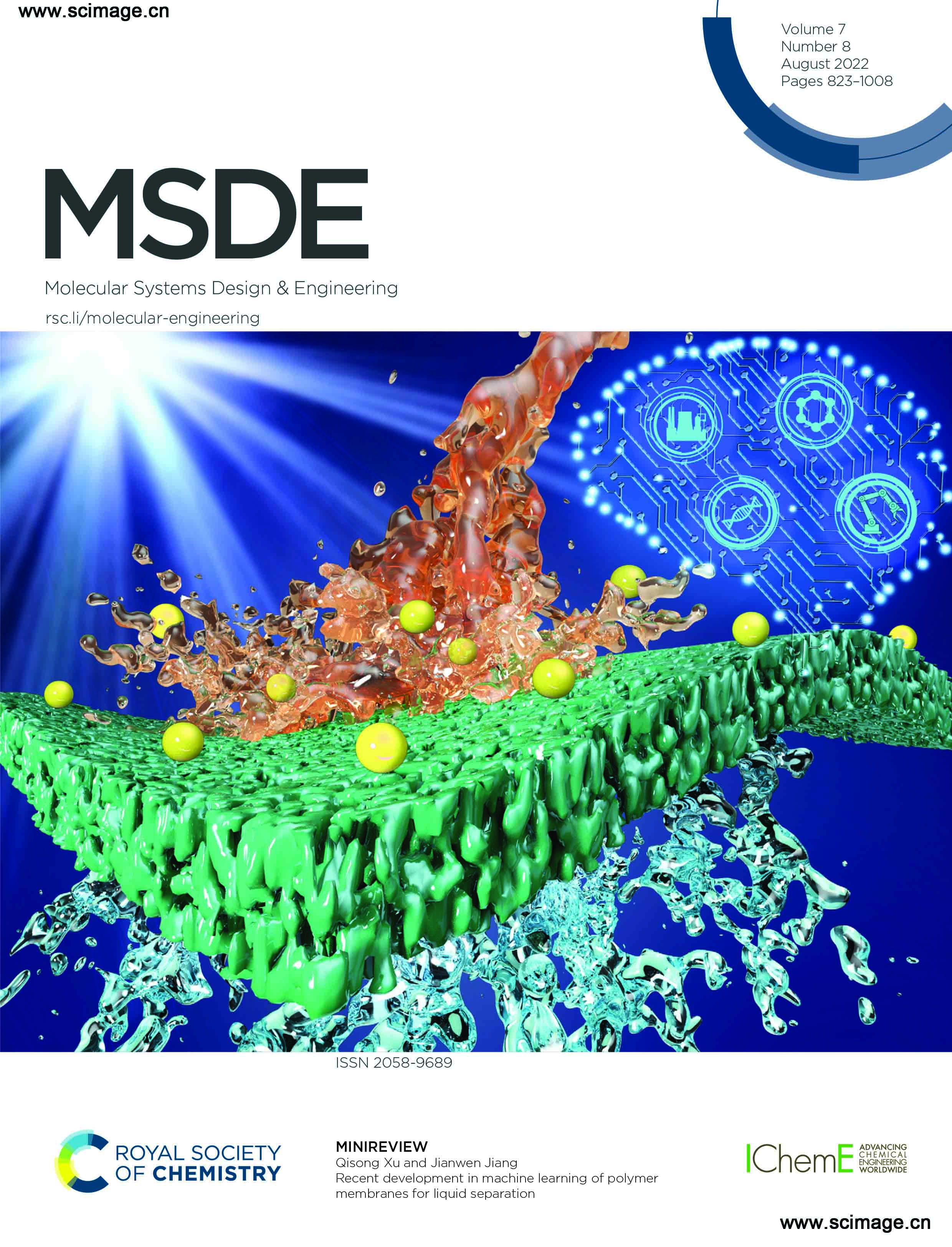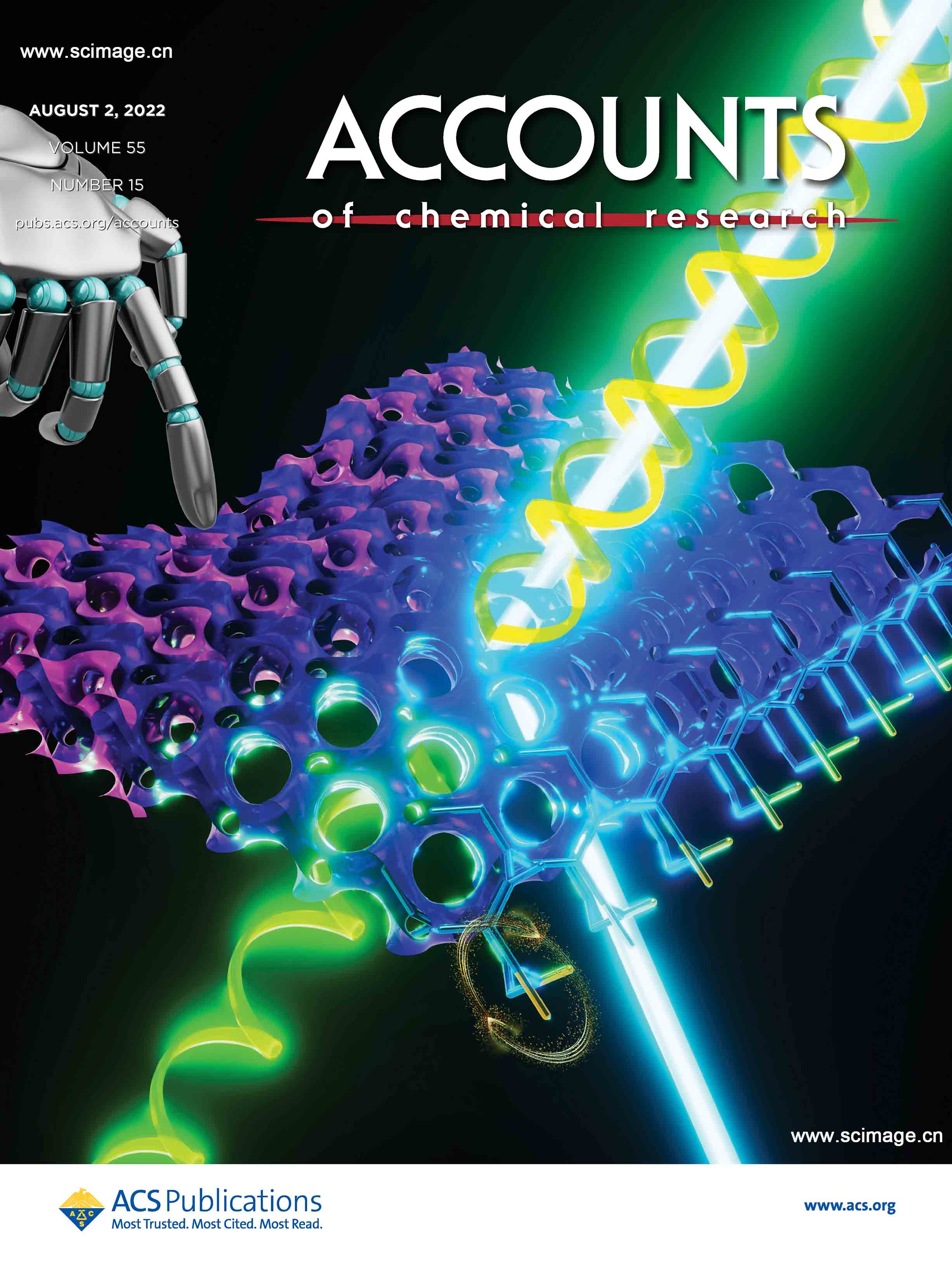博文
2022年8月嘲风作品集(一)
||
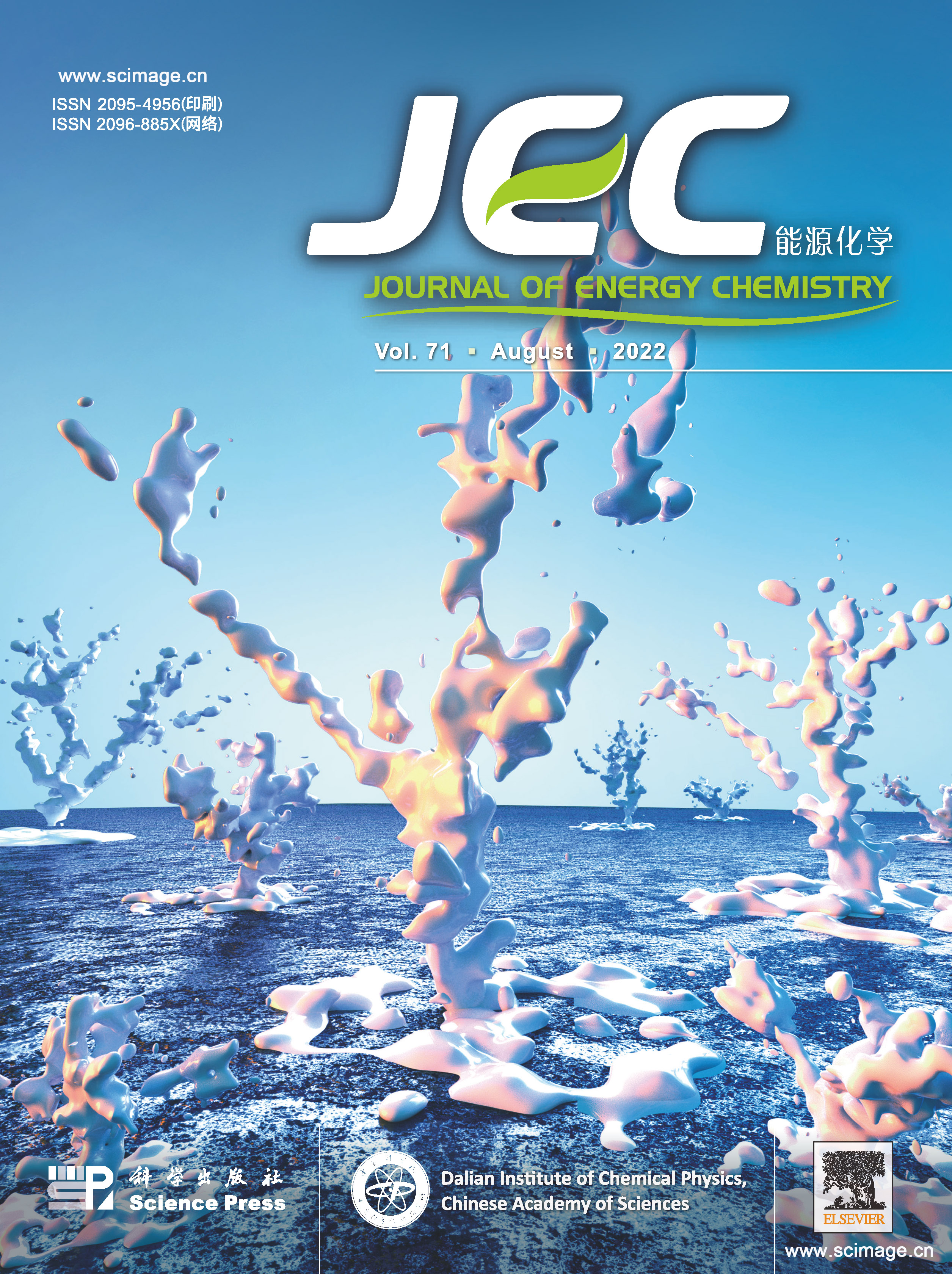 ▲ Vol 73 | August, 2022
▲ Vol 73 | August, 2022
Molybdenum carbide as catalyst in biomass derivatives conversion
Xiangze Du, Rui Zhang, Dan Li, Changwei Hu, Hermenegildo Garcia
The present energy dilemma in conjunction with the adverse environmental impacts caused by fossil fuel combustion motivates researchers to seek for new renewable energy with minimal CO2 footprint. As a practice pathway, it is of significance to produce biofuel and platform chemicals from sustainable biomass resources. However, the research and development of high-efficiency catalysts remain one key scientific challenge. Among the catalysts developed, transition metal carbides, especially molybdenum carbide, show promising performances on biomass-based conversion. Significant efforts have been made in past few decades on tuning the structure and electronic property of molybdenum carbide via controlling particle size and morphology, metal and nonmetal doping and vacancies, etc. The review summarizes recent developments of molybdenum carbide as catalysts in converting biomass into fuel, mainly focused on the preparation methods, the structure-dependent effects and the electronic modulation. The controllable selective cleavage of C–C, C–O and C–H bonds over modified molybdenum carbides that has been demonstrated in the conversion of biomass feedstocks is then highlighted. In addition, the possible deactivation mechanisms of molybdenum carbide are also presented in the review. This review provides systematic and fundamental information for the further design and development of molybdenum carbide for the conversion of biomass resources.
https://www.sciencedirect.com/science/article/abs/pii/S2095495622002662
▲ Vol 40 Issue 15 | August 01, 2022
Catalytic Enantioselective Construction of 6-4 Ring-Junction All-Carbon Stereocenters and Mechanistic Insights
Jia-Yin Wang,Chen-Long Li,Ting Xu,Meng-Fan Li,Wen-Juan Hao,Shu-Jiang Tu,Jianyi Wang,Guigen Li,Zhi-Xiang Yu,Bo Jiang
Developing reactions for the synthesis of 6-6-4 and 6-4 carbocyclic scaffolds with a chiral quaternary center at the bridgehead position is highly desired, considering the existence of such skeletons in natural products with biological activities and the potential of using these molecules for downstream studies in chemical biology and medicinal chemistry. Report here is accessing these target skeletons with high chemo-, regio- and enantio-selectivities through Pd(II)/chiral N,N’-disulfonyl bisimidazoline (Bim) ligand-catalyzed asymmetric reaction of yne-allenones and arylboronic acids. Realization of 6-6-4 skeleton with a ring-junction all-carbon stereocenter is a one-step process while synthesizing 6-4 skeleton is a two-step process, which begins with intramolecular [2 + 2] reaction of allenes with alkynes, followed by Pd-catalyzed asymmetric addition of arylboronic acids to cyclic enones generated in the first step. Noteworthy is that chiral Bim ligand as a C2-symmetric N,N’-bidentateanionic ligand, designed by us, in coordinating with Pd catalyst was first applied to catalyze asymmetric 1,4-conjugate addition reaction with the high catalytic performance (the reaction can be carried out in air). DFT calculations have been applied to understand how these reactions take place, the origins of enantioselectivity, and relative reactivities of different substrates.
https://onlinelibrary.wiley.com/doi/10.1002/cjoc.202200211
▲ Vol 07 Issue 08 | August 01, 2022
Recent development in machine learning of polymer membranes for liquid separation
Qisong Xu and Jianwen Jiang
Emerged as a transformative technology, machine learning (ML) has demonstrated unprecedented success in the design and discovery of new materials. Over the past few years, we have witnessed the increasing applications of ML in the field of membranes. In this review, we present recent development in ML studies of polymer membranes for liquid separation, including water treatment at both process and membrane levels, pervaporation based water–organic and organic–organic separation, and solvent recovery. Along with these latest advances, we suggest directions for future ML exploration: (1) Membrane Separation Genome, (2) Membrane and process representations, (3) Deep learning algorithms, (4) ML enhanced high-throughput approach, and (5) Digital Membrane Separation. These directions provide new opportunities and challenges in this rapidly evolving field to accelerate membrane development for high-performance liquid separation.
https://pubs.rsc.org/en/content/articlelanding/2022/me/d2me00023g
▲ Vol 55 Issue 15 | August 02, 2022
Well-Ordered Nanonetwork Metamaterials from Block Copolymer Templated Syntheses
Kai-Chieh Yang, Puhup Puneet, Po-Ting Chiu, and Rong-Ming Ho
Through the morphological evolution to give highly optimized complex architectures at different length scales, fine-tuned textures for specific functions in living organisms can be achieved in nature such as a bone core with very complicated porous architecture to attain a significant structural efficiency attributed to delicately structured ligaments and density gradients. As inspired by nature, materials with periodic network structures (i.e., well-defined porous textures) in the nanoscale are appealing and promising for innovative properties. Biomimicking from nature, organic and/or inorganic nanonetworks can be synthetically fabricated, giving broadness and effectiveness when tuning the desired properties. Metamaterials are materials whose effective properties do not result from the bulk behavior of the constituent materials but rather mainly from their deliberate structuring. The performances of fabricating metamaterials will depend on the control of size, shape, order, and orientation of the forming textures. One of the appealing textures for the deliberate structuring is network architecture. Network materials possess self-supporting frameworks, open-cell character, high porosity, and large specific surface area, giving specific functions and complexity for diverse applications. As demonstrated by recent studies, exceptional mechanical performances such as negative thermal expansion, negative Poisson’s ratio, and twisting under uniaxial forces can be achieved by the effect of the deliberate structuring with nanonetwork textures. In contrast to a top-down approach, a bottom-up approach is cost-effective, and also it can overcome the size limitation to reach nanoscale fabrication. It can be foreseen that network metamaterials with a feature size of tens of nanometers (referred as nanonetwork metamaterials) may provide new comprehension of the structure and property relationships for various materials. The self-assembly of block copolymers (BCPs) is one of the most used methods to build up well-ordered nanostructured phases from a bottom-up approach with precise control of size, shape, and orientation in the thin films for realistic applications. In this account, we summarize recent advancements in the fabrication of nanohybrids and nanoporous materials with well-ordered nanonetwork textures even with controlled helicity by combining block copolymer self-assembly and templated syntheses for mechanical and optical applications with superior properties beyond nature as metamaterials as well as chiral metamaterials with new properties for chiroptic applications such as chiral plasmonics, beam splitter, and negative refraction. The description of the fundamental facets of a nonconventional structure–property relationship with the characters of metamaterials and the state-of-the-art methodologies to fabricate nanonetworks using block copolymer self-assembly will stimulate research activities for the development of nanonetwork metamaterials with exceptional individual and multifunctional properties for futuristic devices.
https://pubs.acs.org/doi/10.1021/acs.accounts.2c00152
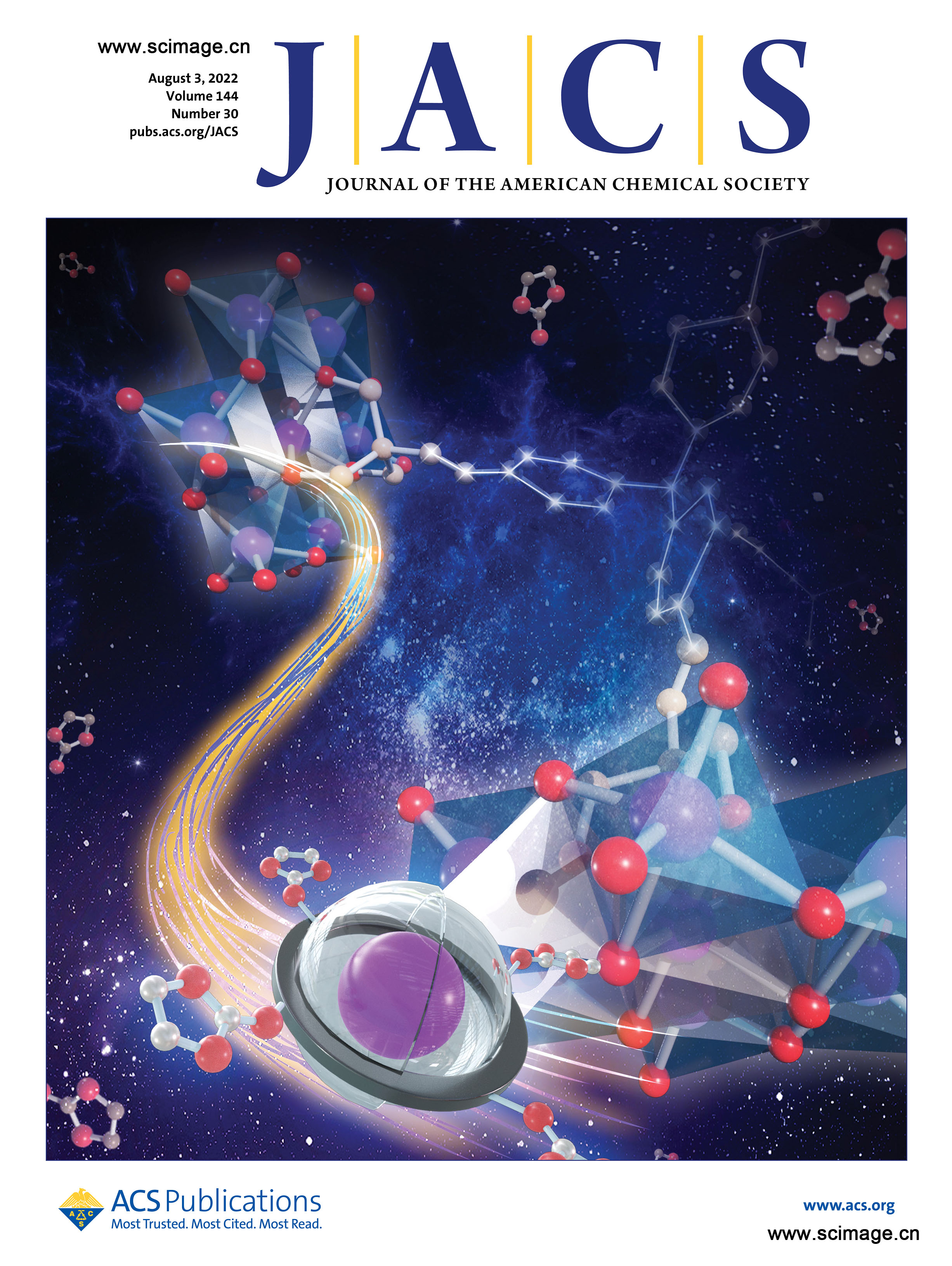
▲ Vol 144 Issue 30 | August 03, 2022
Ionic Conduction Mechanism and Design of Metal–Organic Framework Based Quasi-Solid-State Electrolytes
Tingzheng Hou, Wentao Xu, Xiaokun Pei, Lu Jiang, Omar M. Yaghi, and Kristin A. Persson
We report the theoretical and experimental investigation of two polyoxometalate-based metal–organic frameworks (MOFs), [(MnMo6)2(TFPM)]imine and [(AlMo6)2(TFPM)]imine, as quasi-solid-state electrolytes. Classical molecular dynamics coupled with quantum chemistry and grand canonical Monte Carlo are utilized to model the corresponding diffusion and ionic conduction in the two materials. Using different approximate levels of ion diffusion behavior, the primary ionic conduction mechanism was identified as solvent-assisted hopping (>77%). Detailed static and dynamic solvation structures were obtained to interpret Li+ motion with high spatial and temporal resolution. A rationally designed noninterpenetrating MOF-688(one-fold) material is proposed to achieve 6–8 times better performance (1.6–1.7 mS cm–1) than the current state-of-the-art (0.19–0.35 mS cm–1).
https://pubs.acs.org/doi/10.1021/jacs.2c03710
<静远嘲风动漫传媒科技中心>设计制作
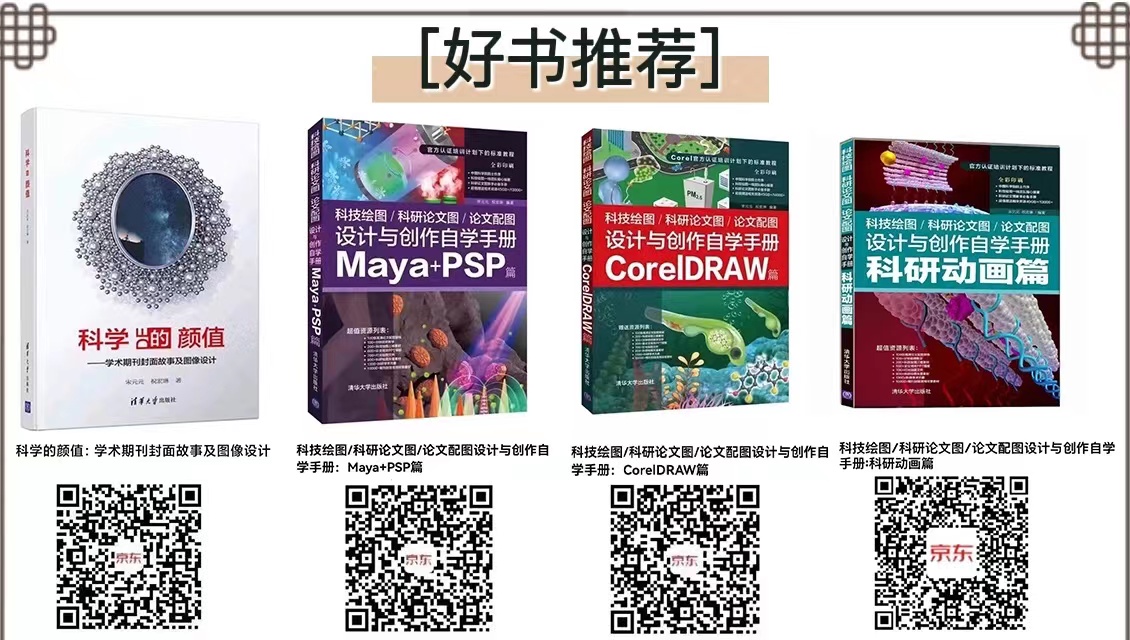
购书链接:
☆科学的颜值:学术期刊封面故事及图像设计
https://item.jd.com/12802188.html
☆科技绘图/科研论文图/论文配图设计与创作自学手册:CorelDRAW篇
https://item.jd.com/13504674.html
☆科技绘图/科研论文图/论文配图设计与创作自学手册:Maya+PSP篇
https://item.jd.com/13504686.html
☆科技绘图/科研论文图/论文配图设计与创作自学手册:科研动画篇
https://item.jd.com/13048467.html#crumb-wrap


静远嘲风(MY Scimage) 成立于2007年,嘲风取自中国传统文化中龙生九子,子子不同的传说,嘲风为守护屋脊之瑞兽,喜登高望远;静远取自成语“宁静致远”,登高莫忘初心,远观而不可务远。

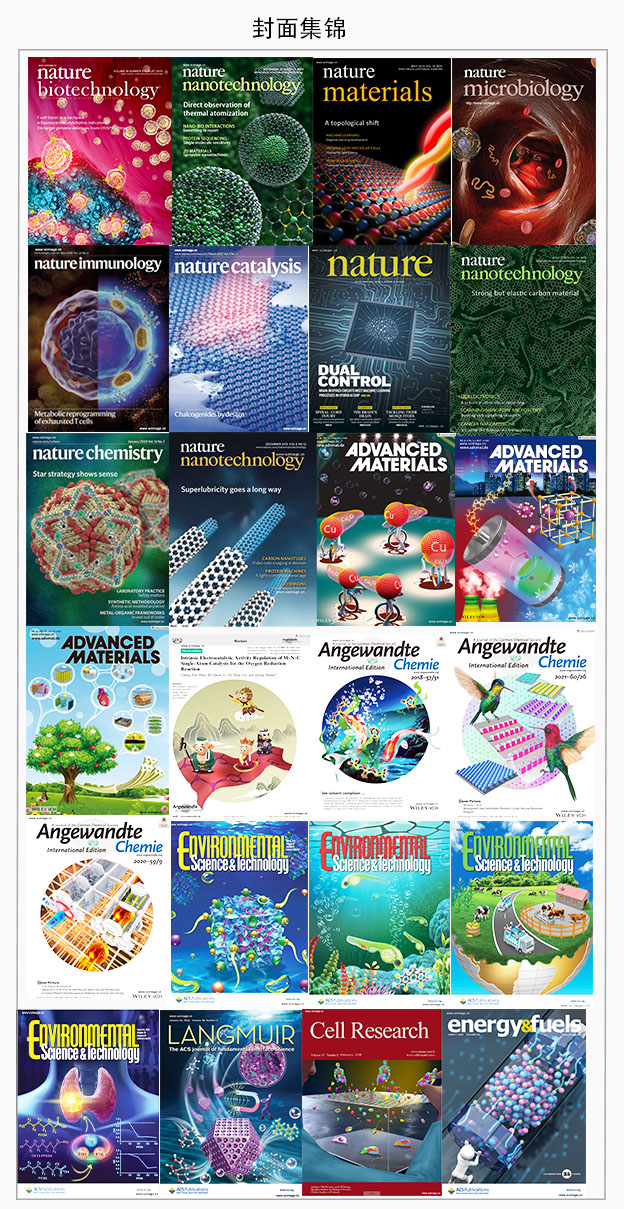

https://blog.sciencenet.cn/blog-519111-1365791.html
上一篇:2022年9月嘲风作品集(二)
下一篇:2022年8月嘲风作品集(二)
